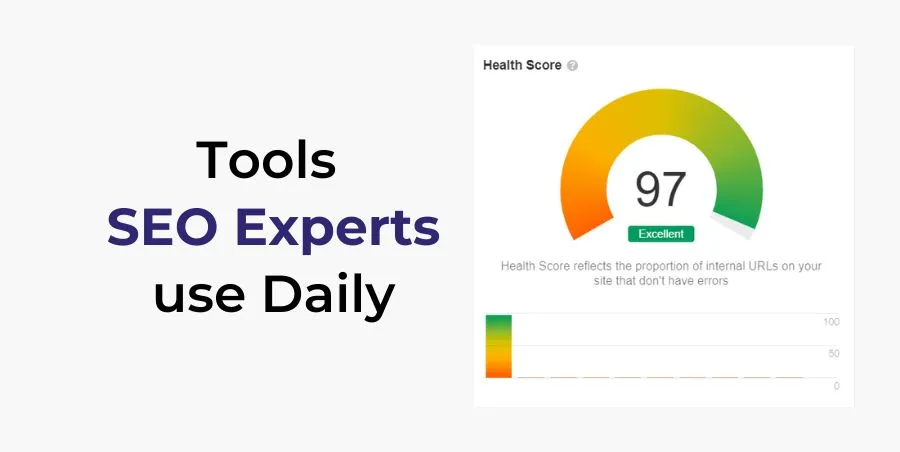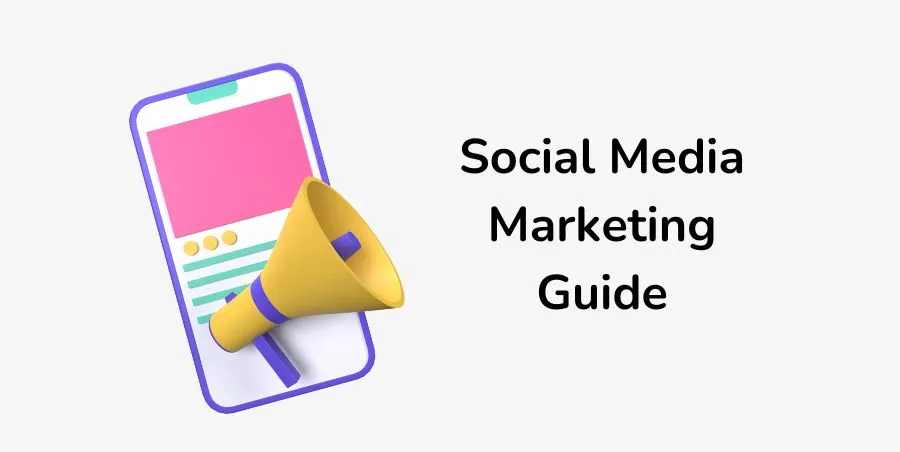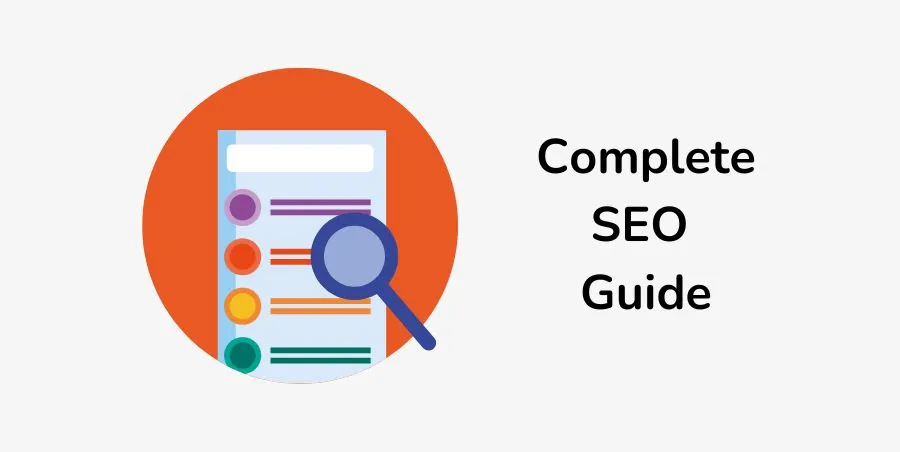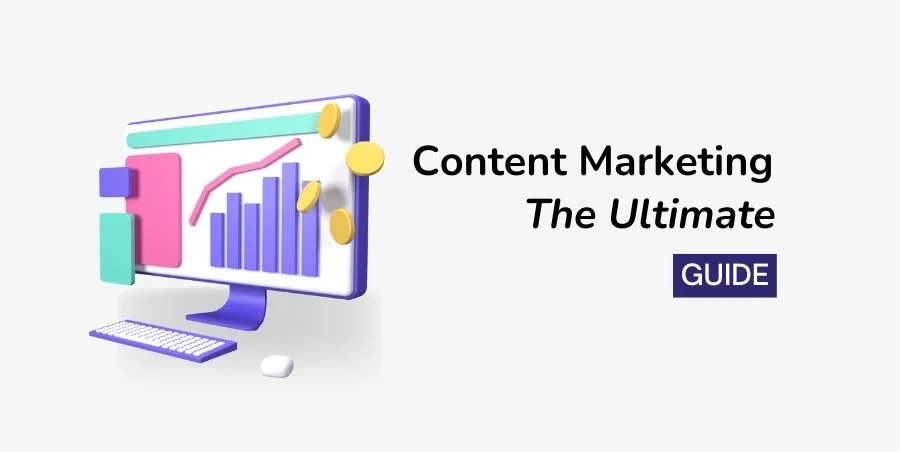11 Best SEO Tools That Will Boost Your Website Traffic
Mastering SEO optimization may seem hard, especially for beginners. Luckily, this article describes the 11 best tools that SEO experts use. And surprisingly, some, like Google Search Console, are completely free yet very useful in helping you boost your website traffic. Others like Semrush and Ahref Webmaster Tools enable you to identify and solve SEO issues. The free and paid SEO tools discussed herein save you tedious keyword research and data analysis. They will assist you in finding great and less competitive content ideas to target. And show you what part of your SEO strategy is working and which one needs some adjustments. These best SEO tools help you with a competitive analysis to understand what pages or keywords are bringing more traffic to your competitors and discover new opportunities. Others allow you to understand your search appearance and performance across countries. Of course, you don’t have to use all 11 tools; find the most suitable one for your business. 11 Best SEO Tools for Experts and Beginners Here’s the list of my top 11 tools that will take your SEO to the next level. 1. Google Search Console Made exclusively for webmasters, Google Search Console helps you submit your website to Google. And monitor how it appears and performs on the SERPs (Search Engine Results Pages) for free. But you have to submit your website’s sitemap for indexing to use it. Although having a Search Console account for your website to appear on Google is not mandatory, having it will help you solve crawlability issues and decide what pages get indexed. You can also monitor the clicks and impressions per search terms, pages, and countries. Then you can use the information during your next content update to turn impressions into clicks. Not to mention that this tool helps you check your internal and external links, top linking pages and anchor texts, and top linked pages. It also helps you monitor and solve mobile usability problems that could hurt your user experience on mobile devices and sink your SEO results. If you want to optimize your website on Google, submit it to Search Console. Remember, as of June 2022, its global search engine market share was 91.88%. 2. Bing Free Webmaster Tools According to StatCounter, Bing is the second most popular search engine, with a global market share of 3.19% of all searches in June 2022. The market share may seem small, especially given that Google dominates the market with over 90% shares in the same month. However, according to Semrush, Bing received 1.52 billion users in August 2022, an increase from 1.42 billion users in August 2022. That’s not an insignificant number. So it’s worth using Bing Webmaster SEO tools that help monitor your site performance on Bing search. This special yet free SEO tool, like Search Console, helps you with backlinks reports, keyword research, SEO report, and site scan, among other features, to help reach more users. These two tools will help audit your site, monitor rankings, and solve all SEO issues. 3. Semrush – All-in-one Marketing Toolkit Semrush marketing tool gives you all the information and tools you need to analyze your website and increase your organic and paid traffic. It overviews your website or competitor’s traffic analysis, organic research, and keyword and backlinks gap. It is one of the best SEO tools for beginners and experts, given that it has a free version to test its suitability for your business. You can free exploit features like local SEO marketing, domain analytics, position tracking, market explorer, and on-Page SEO Checker. But that’s not all. Most SEO experts love Semrush as it allows them to track how their rankings change over time, helping them make necessary adjustments to their content. So, if you want detailed and relevant data about your website or competitors’ search data and traffic, this tool is the best for you. It will assist you in discovering new keyword and backlink opportunities. 4. Ahref Free Webmaster Tools Ahref is one of the most recommended SEO tools by experts. It is the second largest website crawler after Google, with many paid tools and free tools. But the one that got my attention recently is the Webmaster Tools that help audit and improve your website. Like other webmaster tools, like Search Console and Bing, Ahref audits your website and identifies on-page, off-page, and technical SEO issues that could harm your organic traffic. With it, you can monitor your domain rating, referring domains and backlinks, organic keywords, and traffic per country. And other features like content explorers and site trackers. 5. Keyword.io – Long-trail Keyword Finder Whether you’re looking for keywords for your PPC marketing, SEO, or content writing, long-tail keywords are worth targeting. Despite receiving less search traffic, they are more specific and have higher conversion values. Keyword.io is one of the best tools to find them. This SEO tool helps you find keywords and questions to target while optimizing your content to rank on Google. It is equally relevant for finding YouTube video ideas, writing Amazon product descriptions, and finding great ideas for platforms like Fiverr, Alibaba, and eBay. So, this tool, which has a free version, is very useful for beginners who want to list ideas they can write articles on or give to freelance writers to write content for them. 6. Moz Pro: SEO Software Moz Pro is one of the best SEO software for experts and beginners. This amazing SEO tool gives fresh insights and empowers you to stay competitive. In addition to helping your website improve on search engines, Moz gives you reliable SEO ideas. Some features you enjoy while using this tool include domain authority checking, organic traffic, rankings report, and domain and backlinks report for your site. It also lets you analyze your competitors’ organic reach and monitor what pages and keywords drive them more traffic. You can use this data to optimize your website and get more traffic. 7. Ubersuggest: Keyword Suggestion Tool Developed by Neil Patel, a leader
11 Best SEO Tools That Will Boost Your Website Traffic Read More »



